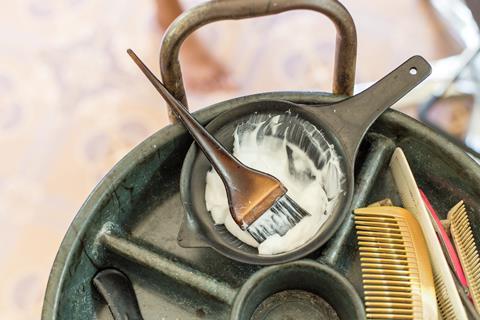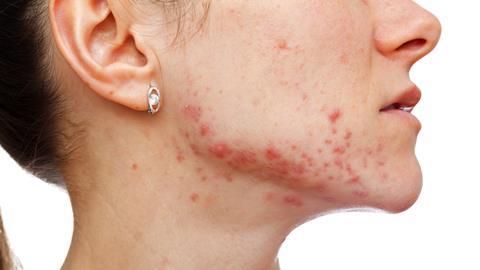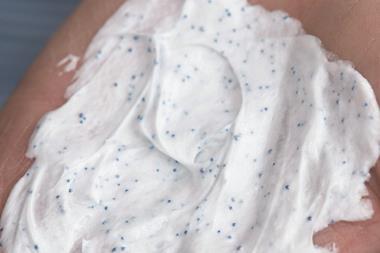Fernando Gomollón-Bel
When you hear the word ‘peroxide’, your first thought might be of the powerful bleaching agent used to turn hair blonde – a convenient chemical for cosmetic use. But benzoyl peroxide is an organic molecule thatis actually in the World Health Organization list of essential medicines. This list covers substances that every basic health system should be able to provide, although I prefer to see it as ‘the list of medicines we should save in case of a nuclear disaster.’

Peroxides are substances where oxygen has a unstable oxidation state; where two adjacent oxygen atoms are linked by a single bond. This bond can break really easy, producing what chemists call free radicals. These are very reactive and usually used as reaction initiators, explosives, oxidisers, or bleaching agents – hence the hair dye.
But although peroxides are often dangerous, benzoyl peroxide is one of the most effective acne treatments around. It reduces the number and severity of acne lesions because it has a strong bactericidal effect. And – so far – bacteria have not been able to develop resistant mechanisms against it.
If you need to use benzoyl peroxide as a treatment, be careful with concentration! There is no evidence that high concentrations are more effective, but they can certainly cause serious skin dryness and irritation. And you were right to think of bleaching – benzoyl peroxide is also used to whiten teeth and brighten hair., so if you’re using a cream with benzoyl peroxide, it’s best not to wear your nicest clothes!

Chemists also use benzoyl peroxide in industry. It’s a good oxidizing agent and it can also be used to start polymerization processes in resins. As such it has a role in the production of acrylic glass and some strong adhesives.
And it is the case that peroxides can also be explosive. So should you worry about that tube of acne cream you have in the bathroom? Not really! Benzoyl peroxide is only dangerous when it’s in a really pure form. You don’t need to worry about your cosmetics, which generally contain just 5%.
Last but not least… don’t fall for ‘peroxide resistant’ towels and clothes. A recent study by Consumer reports in the US showed that some of them work, but most of them don’t. So if you are using benzoyl peroxide and you don’t want any bleach marks on your clothes, just get white clothes. They can’t go whiter than white.
Ben Valsler
Fernando Gomollón-Bel there with essential acne treatment, benzoyl peroxide. Next week, Kat Arney illuminates the story of a molecular highlighter pen for growing cells.
Kat Arney
Like the story of 5-FU or fluorouracil, which we brought you recently, this tale is all about a modified version of one of the chemical building blocks of DNA. Bromodeoxyuridine caused a lab-based revolution, providing scientists with a vital tool to detect growing and multiplying cells.
Ben Valsler
Join Kat Arney next week. But until then, let us know if there are any compounds you would like us to concentrate on – email chemistryworld@rsc.org or tweet @chemistryworld. I’m Ben Valsler, thanks for joining me.













No comments yet